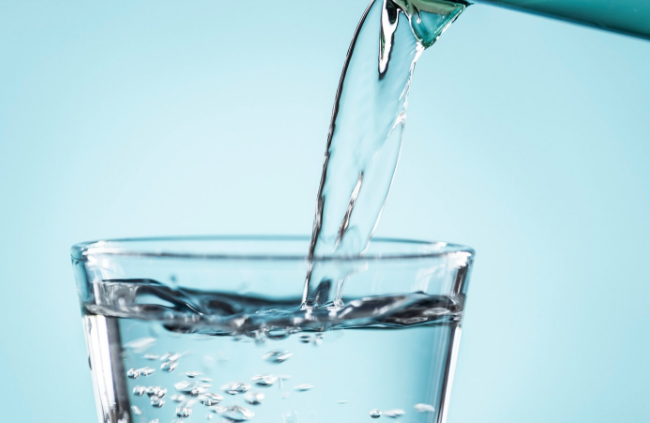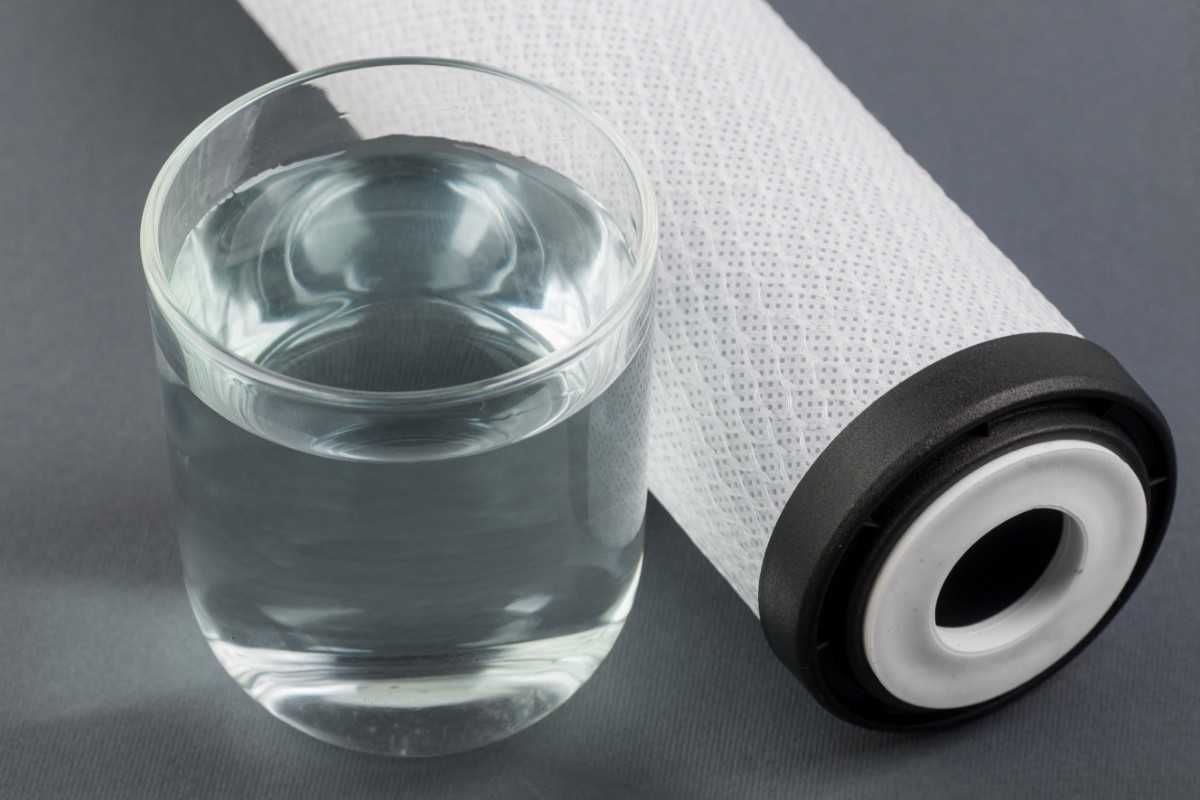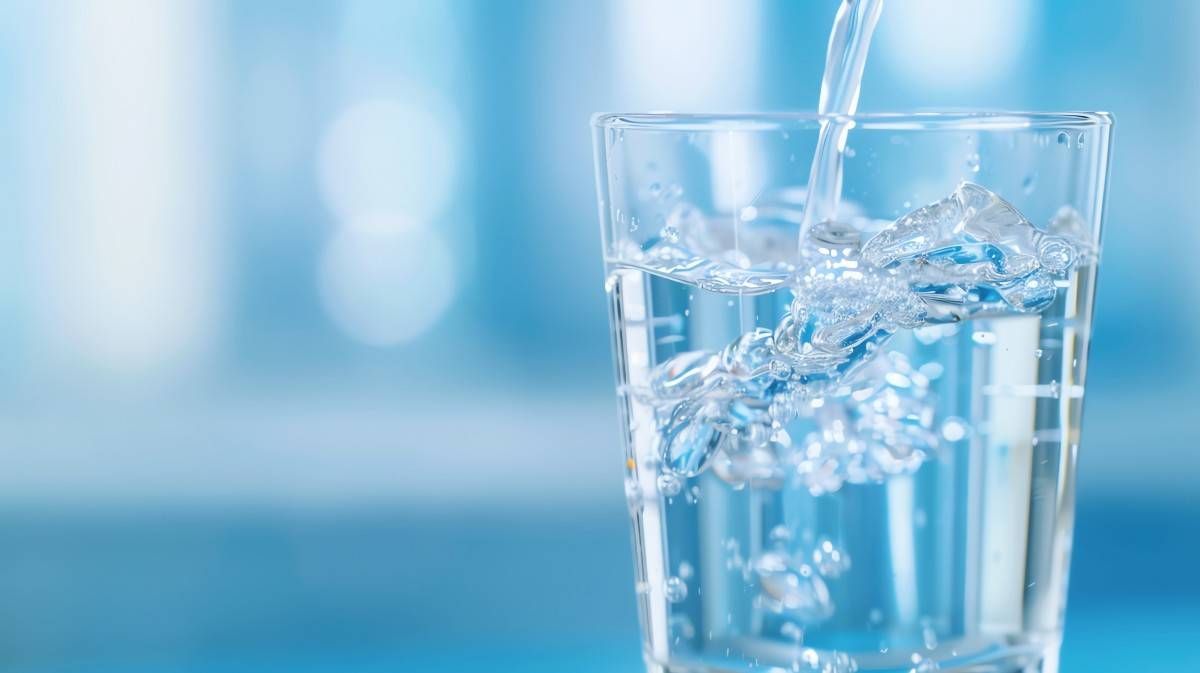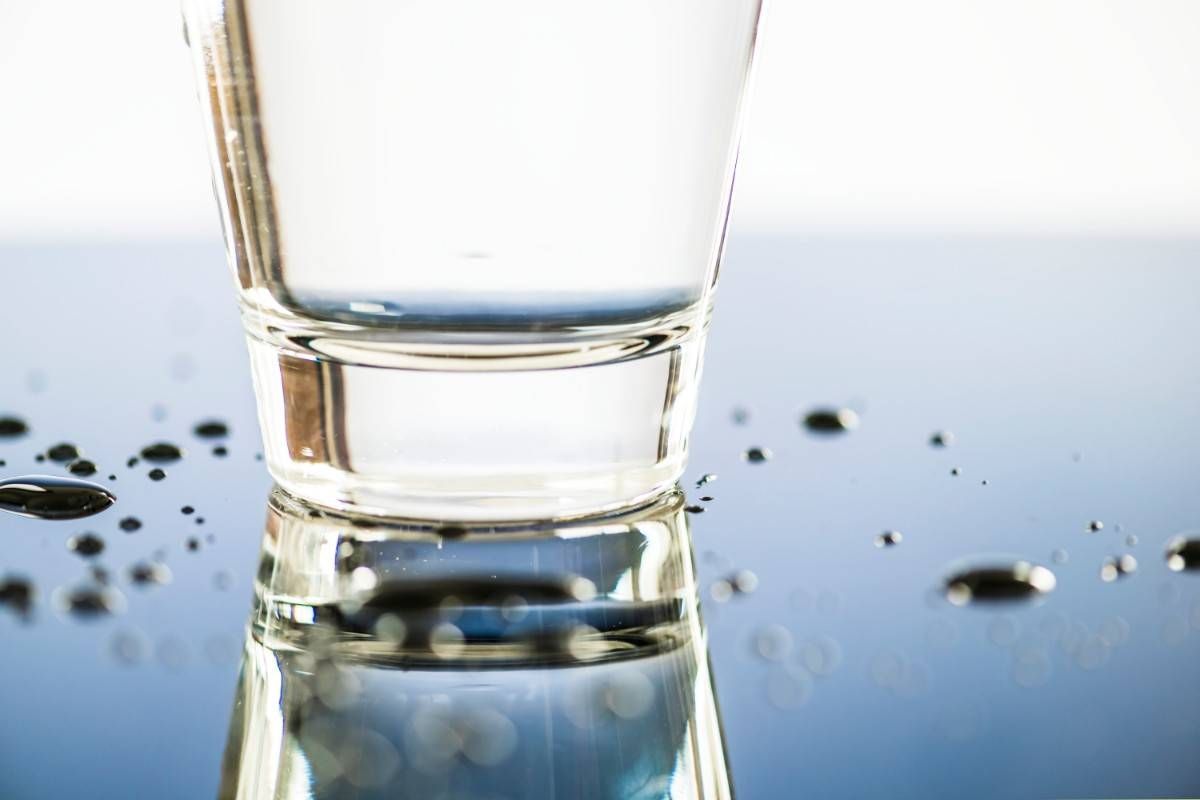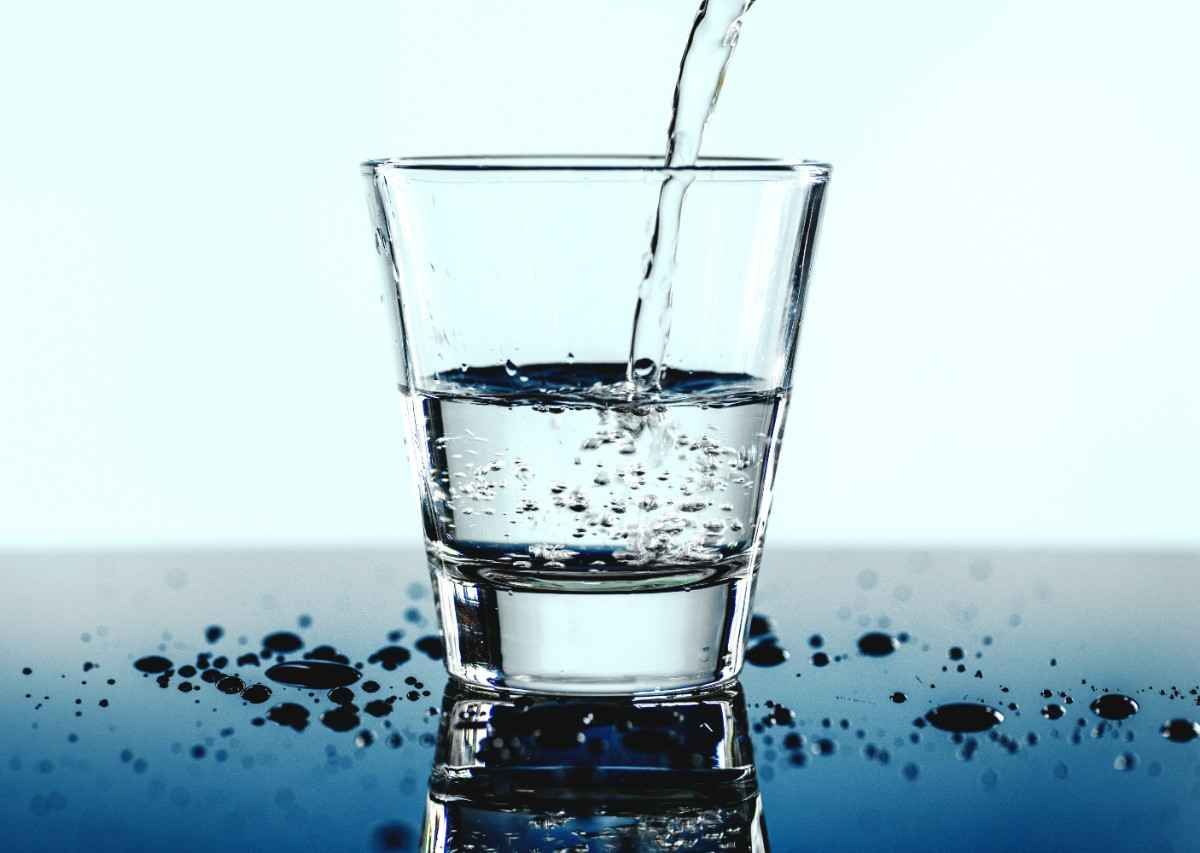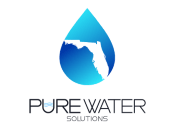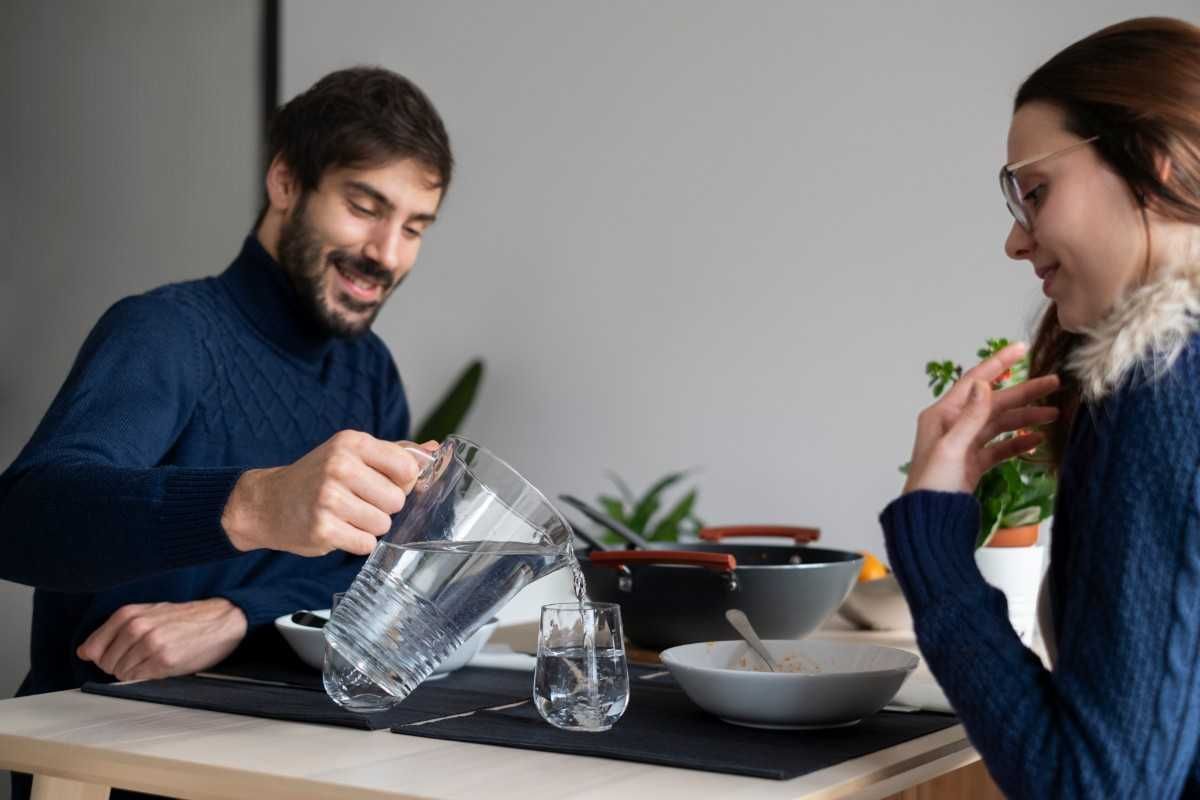How to Reduce TDS in Your Water Filter: Easy Tips
How to Reduce TDS in Your Water Filter: Easy Tips
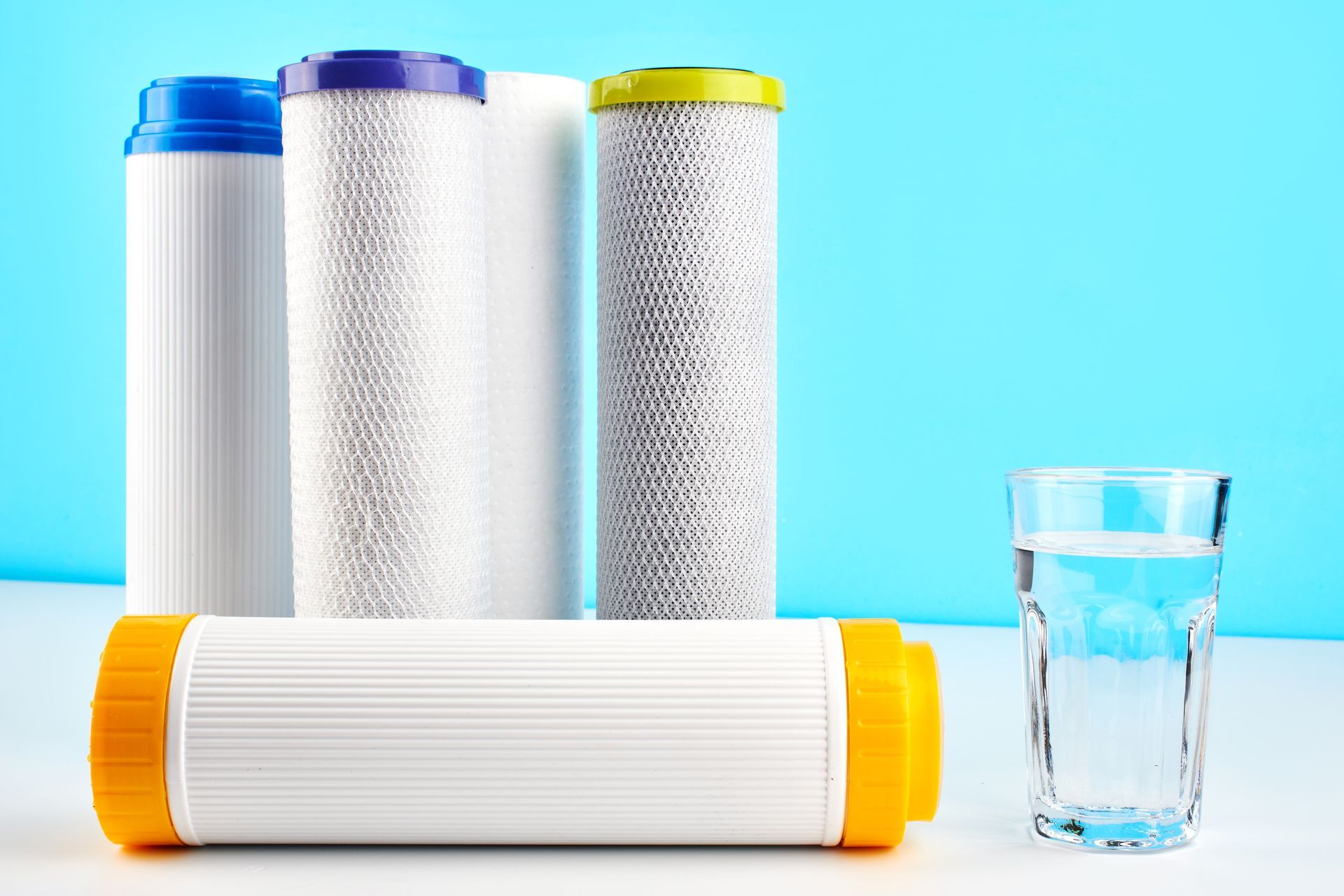
How to reduce TDS in your water filter is a common concern for many homeowners seeking cleaner, healthier water. Total Dissolved Solids (TDS) include minerals, salts, and other compounds that can affect water taste and quality. To effectively lower TDS levels, consider installing a high-quality water filter equipped with reverse osmosis technology, which is highly effective at removing dissolved solids. Additionally, regular maintenance and timely replacement of filter cartridges are essential to keep your system functioning optimally.
At Florida Pure Water Solutions, we offer state-of-the-art water filtration systems designed to reduce TDS and enhance your water quality. Our expert team can help you select and maintain the best solution for your needs, ensuring you enjoy pure, refreshing water every day. Contact us today to learn more and improve your water quality with our top-rated systems.
What is TDS in Water?
Total Dissolved Solids (TDS) represent the concentration of dissolved substances in your water. These substances can include minerals like calcium and magnesium, salts, and even organic compounds. High levels of TDS can make your water taste unpleasant and affect its overall quality. When you ask, "How to reduce TDS in your water filter?" it's essential to understand that TDS encompasses a variety of elements that you might want to remove for cleaner, tastier water.
Why Reducing TDS Matters
Reducing TDS is crucial for improving your water quality. High TDS levels can lead to a variety of issues such as scaling in appliances, reduced efficiency of water heaters, and, most importantly, poor-tasting water. By focusing on how to reduce TDS in your water filter, you're investing in better health and a more enjoyable drinking experience. Clean water not only tastes better but also helps in maintaining your appliances and pipes.
Identifying High TDS Levels: Testing Your Water
Identifying high Total Dissolved Solids (TDS) levels in your water is the first step towards ensuring that you and your family have access to clean and safe drinking water. TDS refers to the total concentration of dissolved substances in water, including minerals, salts, and metals. High TDS levels can lead to an unpleasant taste, odor, and even adverse health effects. Therefore, understanding how to test your water effectively is crucial.
To start, you can utilize a TDS meter, a handy and affordable device that can give you immediate readings of your water's TDS levels. These compact instruments are incredibly easy to use. Simply turn on the meter, submerge it in a sample of your water, and within seconds, you will receive a digital reading. A TDS level above 500 mg/L is generally considered too high for drinking water, indicating the need for a filtration solution.
Alternatively, if you're looking for a more comprehensive analysis, you can opt for water testing kits available at local hardware stores or online. These kits often come with test strips that change color based on the TDS levels in your water. While these kits may take a bit longer to yield results, they often provide insights into specific contaminants, helping you understand not just the total dissolved solids, but what those solids might be.
For those who prefer professional assistance, many local water testing services can analyze your water sample and provide detailed reports. This option can be particularly useful if you suspect specific contaminants affecting your water quality—such as lead, nitrates, or other heavy metals.
Whichever method you choose, regularly testing your water is imperative. By keeping tabs on your TDS levels, you can take informed action to improve your water quality, ensuring that you maintain a healthy and safe environment for you and your loved ones. Regular monitoring can also help you evaluate the effectiveness of your water filter, guiding you on when it’s time to replace filters or upgrade to a more efficient system. Remember, clear and clean water is not just a luxury; it's a necessity for a healthy life.
Effective Methods to Reduce TDS
Using Reverse Osmosis Systems
One of the most effective ways to reduce TDS in your water filter is by installing a reverse osmosis (RO) system. RO systems work by pushing water through a semi-permeable membrane, which filters out contaminants and dissolved solids. This technology is highly efficient at removing TDS, providing you with purer water. When choosing an RO system, ensure it's designed to handle the TDS levels typical in your area. RO systems are a great solution if you're looking to significantly lower TDS and improve the taste and quality of your water.
Regular Maintenance of Water Filters
Maintaining your water filter is essential to ensure it continues to effectively reduce TDS. Regular maintenance involves cleaning or replacing filter cartridges according to the manufacturer’s guidelines. Over time, filters can become clogged with the very contaminants they are designed to remove. This can reduce their effectiveness, leading to higher TDS levels in your water. Make it a habit to check your filter regularly and replace it as needed. Regular upkeep will ensure that your water remains clean and that your filter continues to work efficiently.
DIY Methods to Reduce TDS Without a Filter
If you're looking to reduce the Total Dissolved Solids (TDS) in your water but want to avoid investing in a costly filtration system, there are several effective DIY methods you can try at home. These techniques can help enhance the quality of your drinking water without the need for complex equipment.
1. Boiling Water
Boiling water is a simple and effective method to reduce TDS. Boiling helps remove certain impurities, particularly those that are volatile. Here's how you can do it:
- Boil the Water: Heat your water until it reaches a rolling boil. This process can help evaporate some of the dissolved solids and impurities.
- Cool and Settle: Allow the water to cool down and settle. Once cooled, you can decant the cleaner water from the top, leaving behind any sediments that may have formed at the bottom. This method helps reduce TDS but may not remove all contaminants.
2. Distillation
Distillation is a more advanced home-based method that effectively reduces TDS. This process involves heating water to create steam, then condensing the steam back into liquid form to separate pure water from many dissolved solids and contaminants. Here's a basic outline of the process:
- Heat the Water: Boil the water in a container to produce steam.
- Condense the Steam: Capture the steam and allow it to cool and condense back into liquid water. This can be done using a distillation apparatus or makeshift setup with a heat-resistant bowl and a larger container.
- Collect the Purified Water: The resulting liquid is generally free of many dissolved solids, providing cleaner water.
3. Reverse Osmosis Home Hacks
While reverse osmosis (RO) systems can be expensive, you can create a rudimentary version with items you have at home. This method is a basic way to mimic RO technology:
- Set Up a Container: Fill a large container with water and place a smaller bowl inside it to catch the purified water.
- Cover and Weight: Cover the container with plastic wrap and place a weight in the center so the wrap dips into the bowl.
- Evaporation and Condensation: The sun’s heat will cause the water to evaporate, leaving impurities behind. The condensation will collect in the bowl, providing cleaner water. This DIY method simulates the RO process but may not be as effective as a proper system.
4. Activated Charcoal
Activated charcoal is known for its ability to reduce certain contaminants and improve water taste. Here’s how you can use it:
- Prepare the Filter: Place activated charcoal in a clean cloth or coffee filter.
- Filter the Water: Pour your water through the charcoal. The charcoal will help absorb some dissolved solids and impurities, enhancing the taste and safety of your water.
5. Lemon Juice
While adding lemon juice doesn’t directly reduce TDS, it can improve the taste and acidity of your water, which might help neutralize some contaminants. This method is especially useful if you're dealing with hard water or a metallic taste:
- Add Lemon Juice: Squeeze a fresh lemon into your water. The acidity can help balance the flavor and potentially reduce the perception of impurities.
By using these DIY methods, you can reduce TDS in your water and improve its quality without investing in expensive filtration systems. While these techniques are helpful, for long-term and effective reduction of TDS, consider investing in a proper filtration system.
Choosing the Right Water Filter
Best Water Filters for Low TDS
When searching for the best water filters to reduce TDS, look for systems that specifically target dissolved solids. Filters equipped with advanced technologies, such as reverse osmosis or ion exchange, are particularly effective. These systems can effectively lower TDS levels and improve the quality of your drinking water. Make sure to choose a filter that suits your specific water quality needs and is capable of addressing the type of TDS present in your water.
How Florida Pure Water Solutions Can Help
At Florida Pure Water Solutions, we specialize in helping you reduce TDS in your water filter with our range of high-quality filtration systems. Our expert team is here to guide you in selecting the best system for your needs and providing ongoing support to ensure your water remains pure. Whether you need a new reverse osmosis system or assistance with maintaining your current filter, we’re here to help. Contact us today to learn more about our solutions and how we can assist you in achieving clean, safe water.
Final Thought
Reducing TDS in your water filter is key to improving your water’s taste and quality. By using advanced filtration methods like reverse osmosis and maintaining your filters regularly, you can effectively lower TDS levels and enjoy cleaner, better-tasting water. If you’re looking for expert guidance and top-notch filtration systems, Florida Pure Water Solutions is here to help. Reach out to us today and take the first step towards better water quality.
